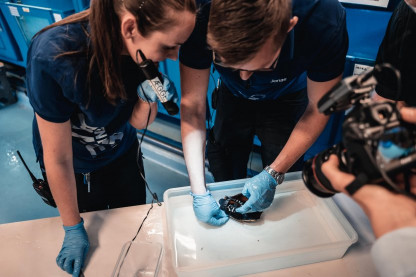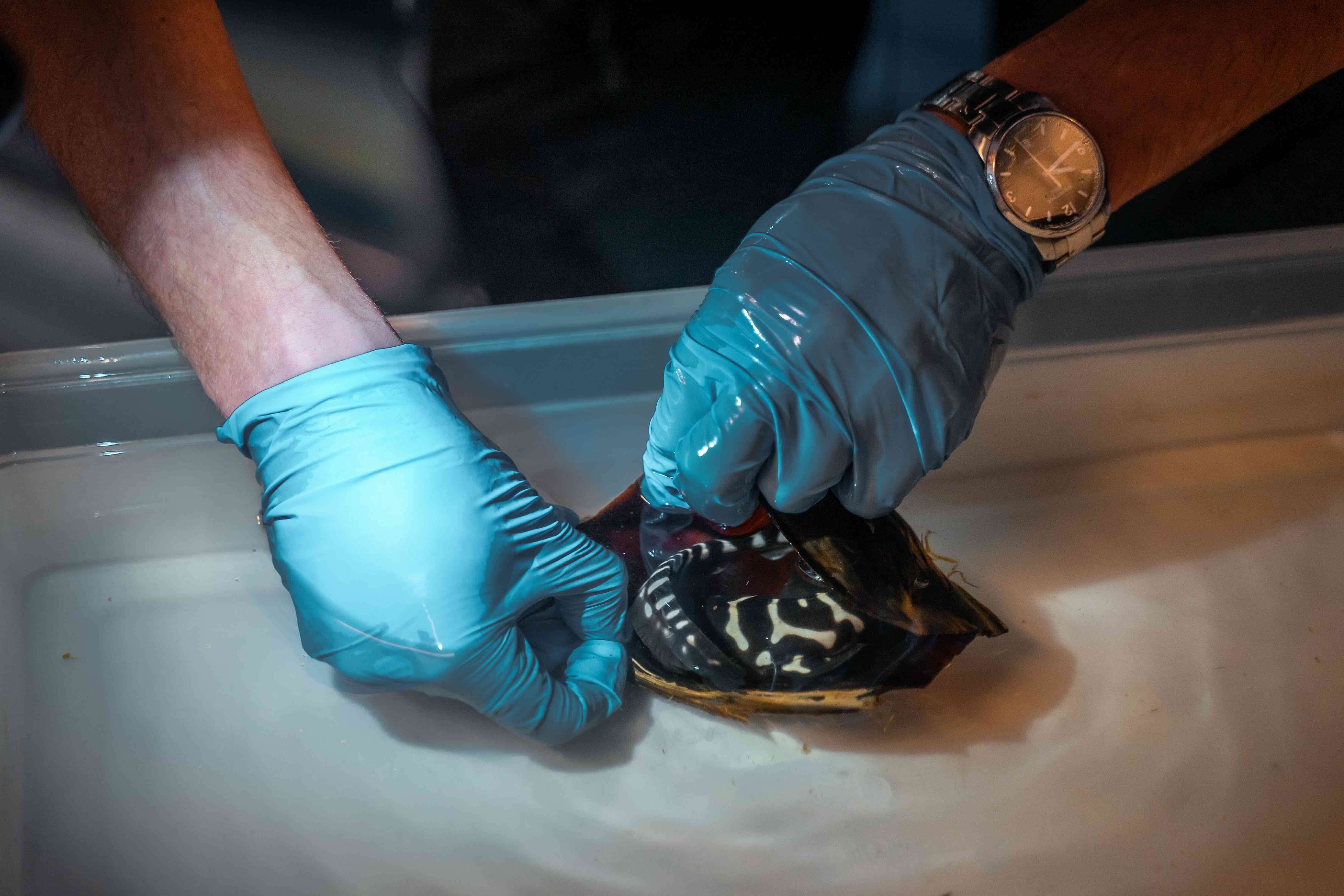There were grounds for celebration amongst the staff at Den Blå Planet, when a small black and white striped zebra shark successfully hatched. Many aquariums in Denmark have zebra sharks, but this small shark is a first within the country.
The goal is keep the baby shark healthy and alive, and that Den Blå Planet can continue having its shark nursery. It is a sign of good health and happy conditions when the animals begin reproducing, and gives us an extraordinary opportunity to follow the development of the animals right from the start. It is a fantastic experience to be able to see these sharks so young, and see them with their signature stripes that only develop at that age.
Facts
| Latin | Stegostoma fasciatum |
| Size | 354 cm |
| Food | Crabs, snails, mussels and fish |
| Habitat | Sand and gravel bottom at coral reefs |
| IUCN | Vulnerable Vulnerable. The biggest threat is fishery |
| Location | The Indian Ocean and Western Pacific |
| Map |  |
When I grow, I want to be spotted
The name “zebra shark” makes a lot more sense, when you see the otherwise brown and black spotted shark emerge from its egg with its beautiful black and white stripes.
A common question amongst our guests when they see our zebra shark is why it’s called that, and the staff are delighted to be able to explain by showing the new striped member of the aquarium family.
A new world citizen
It was a sensation when Den Blå Planet got its first zebra shark baby, but the joy didn’t stop there. During the last 170 days, the zookeepers have not only been watching one egg, but two big zebra shark eggs, measuring 17 centimetres. Our wish came true, when just three days after the first shark hatchling, a second one was ready to come out of its egg.
The second shark was also born with a little help from some zookeepers, who carefully cut the egg open. In nature, the eggs are worn thin by sand and waves, allowing for the baby to push its way through the membrane.
However, we have taken such good care of the eggs and made sure nothing interfered with their growth, meaning the eggs were quite thick and the sharks needed a little push, so they wouldn’t get stuck.
Before cutting the egg open, the keepers made sure to scan the egg and check that the egg yolk was completely gone, and the shark was indeed ready to come out.
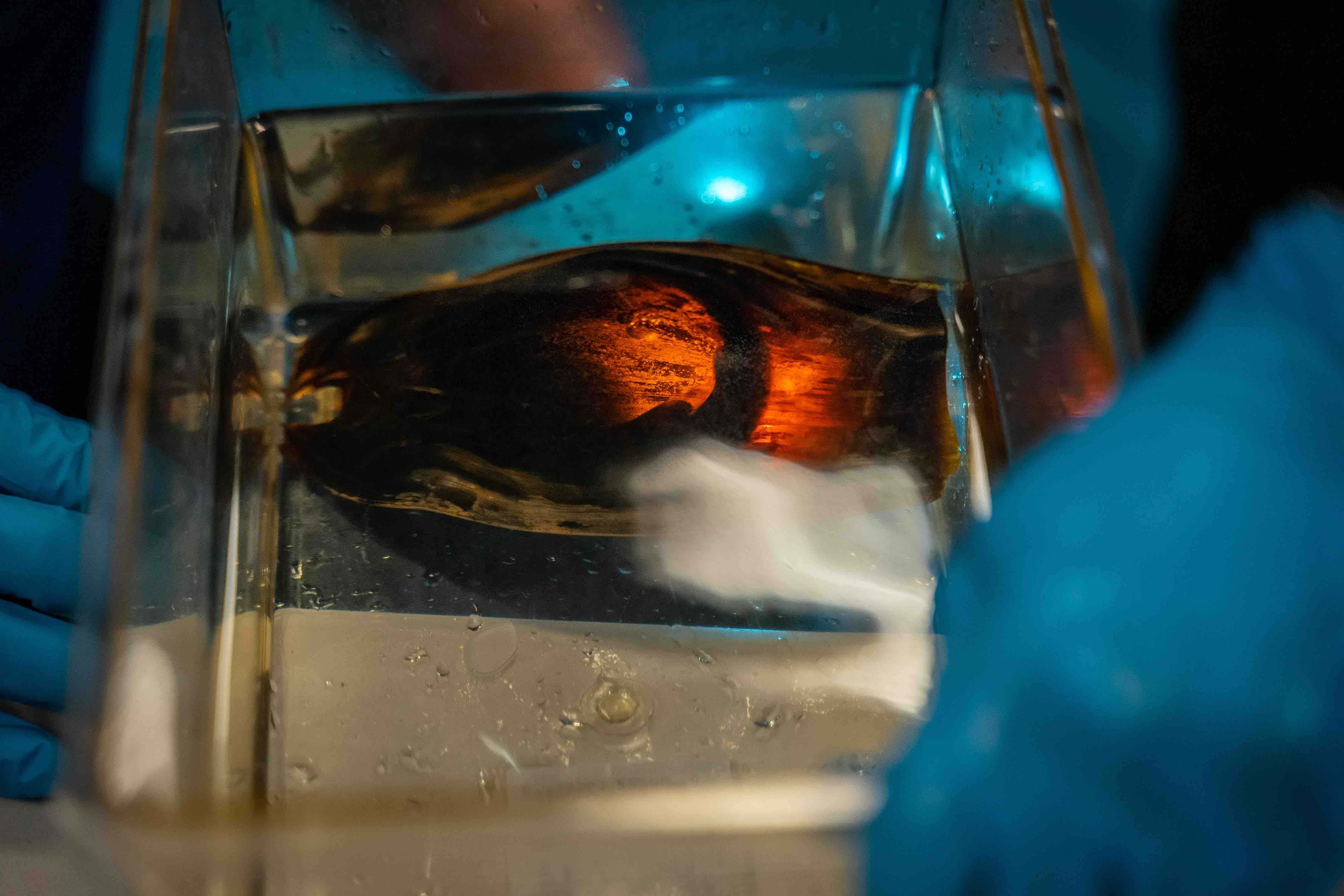
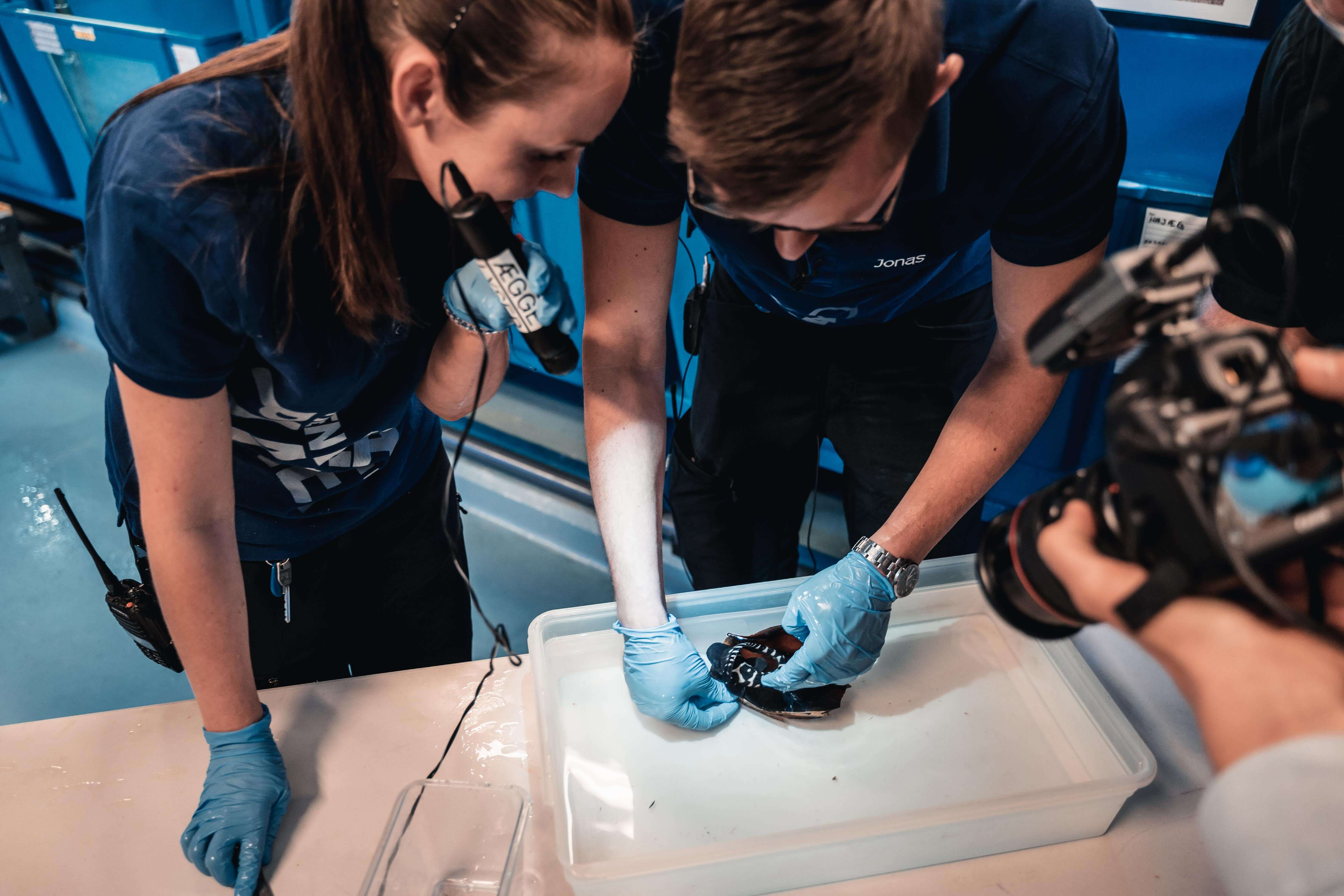
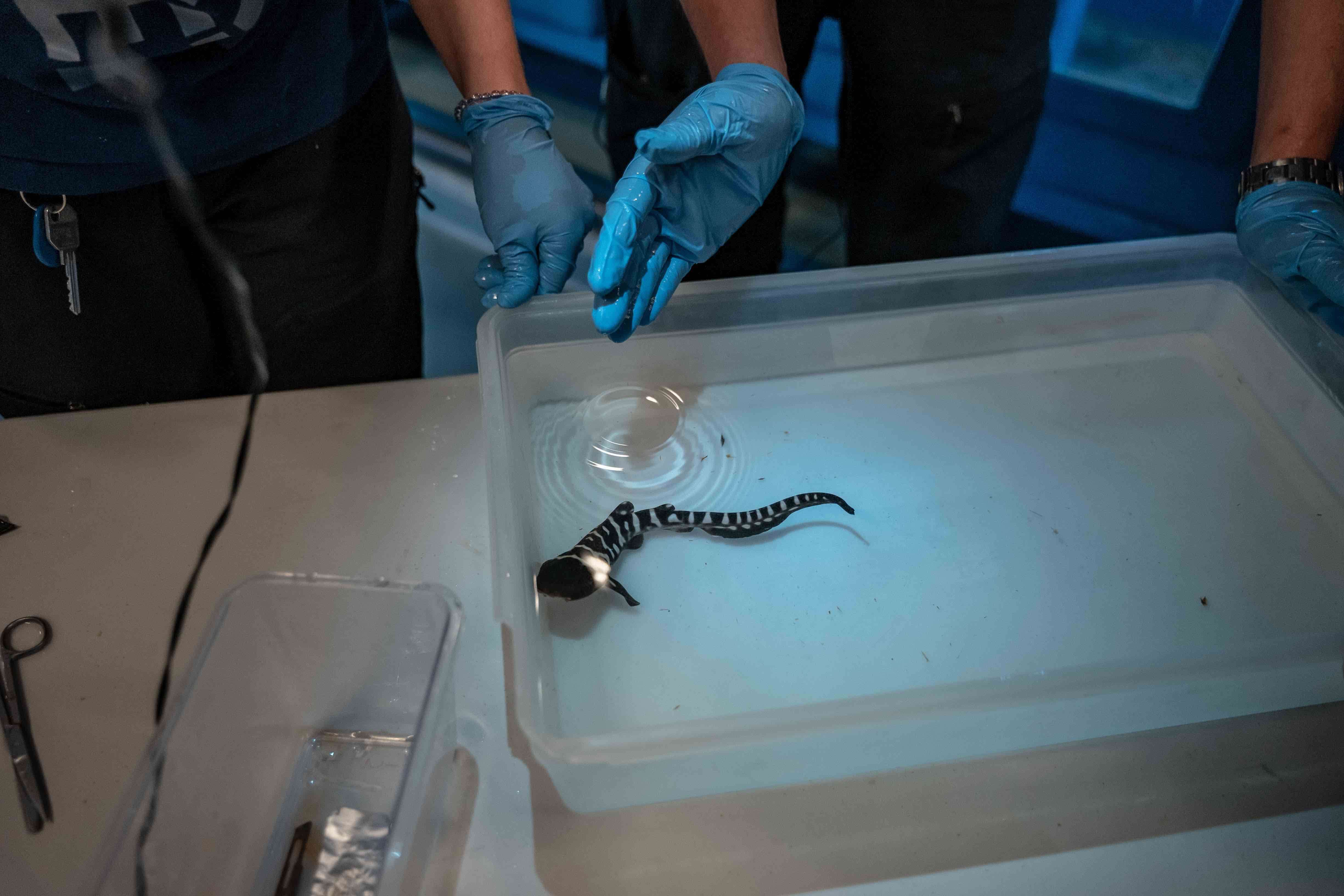
Shark babies are fragile babies
Like most new-born parents, the aquariums keepers are filled with emotion, and proud of the rare experience that is these tiny sharks. Along with the joy, comes a nervous feeling, as the zebra sharks are still fragile in this early stage of their life. It’s free to hope, and we’ve crossed all our fingers as the keepers work hard to make sure the new-borns are getting the best chance at a healthy life.
We hope to be able to share their development and experience the growth of these beautiful animals.

